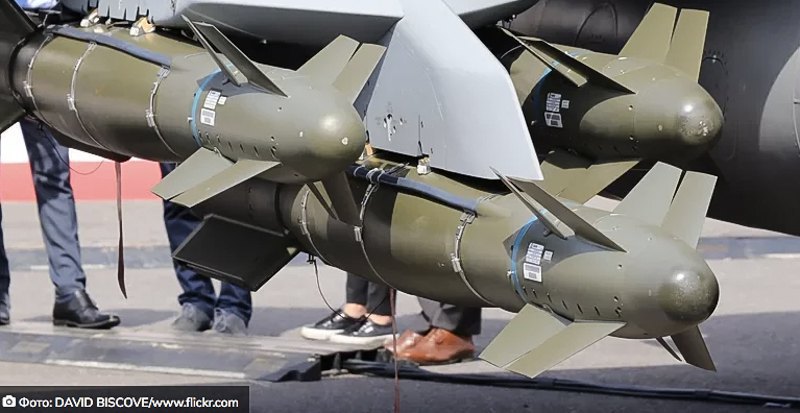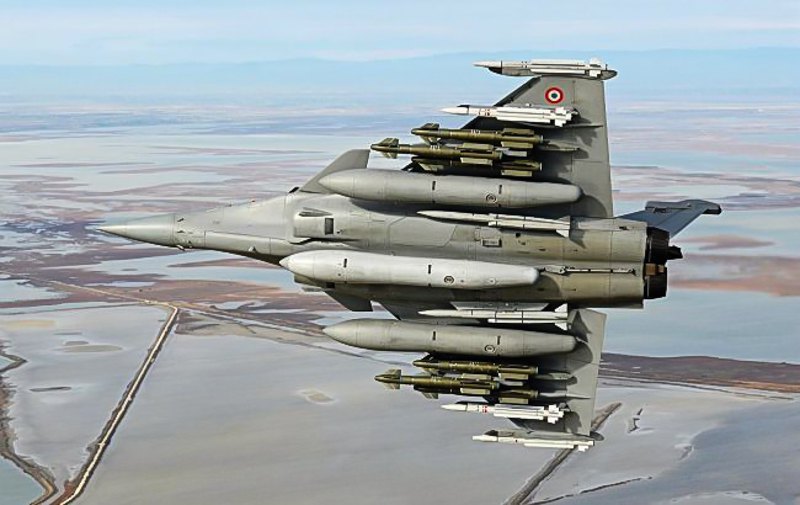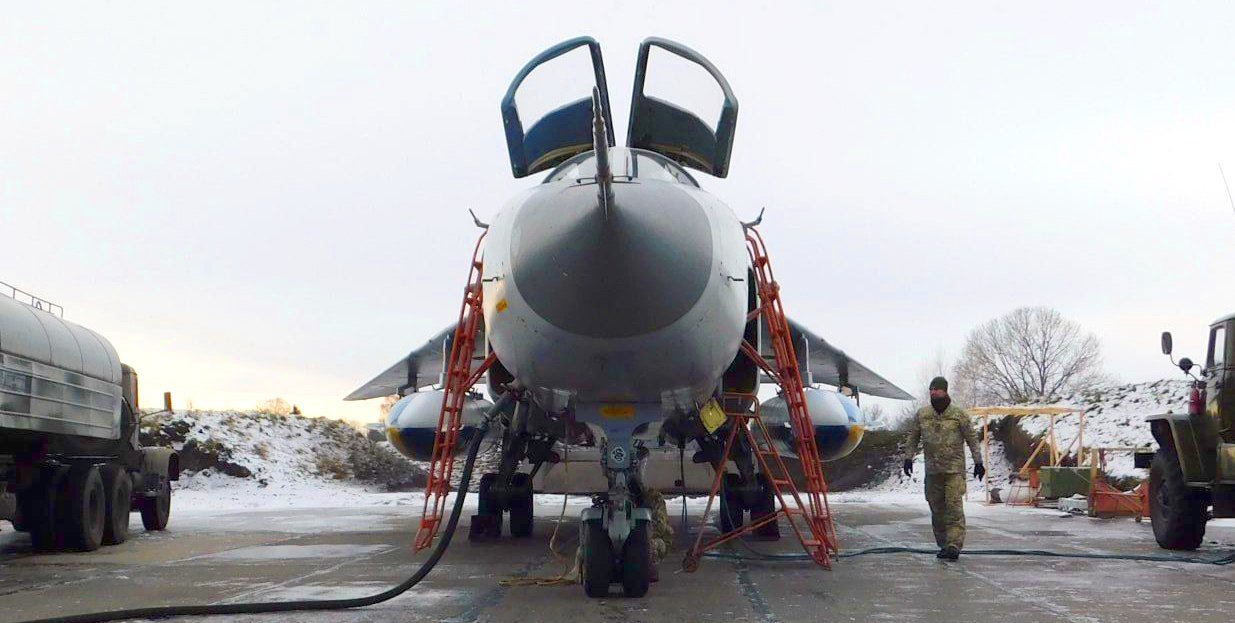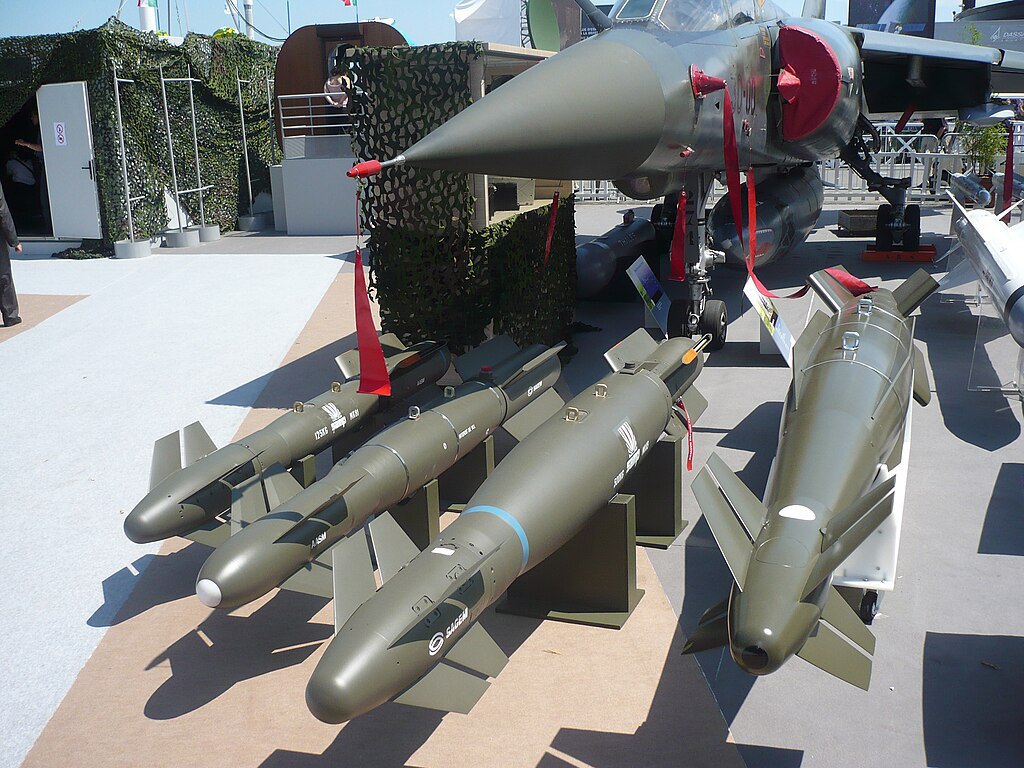
Safran Electronics & Defense will now produce 1,200 guidance systems annually. In the AASM, these systems integrate satellite, inertial and infrared guidance.
This ensures guaranteed accuracy within a 10-metre radius and the capability to strike a specific point on a building with metre-level precision.
To scale up production, the French government is investing €130 million in the company. Active development is underway not just on a non-reactive booster but on a fully-fledged engine, which would transform the bomb into a missile with a range of up to 150 km.
The initial plan was to produce approximately 600 AASM Hammers in 2024, but 840 units have already been manufactured.
Seventy units per month, two to three per day – a solid result, especially considering the cost of about a quarter of a million euros per unit. However, the demand remains even higher. Ukraine needs more than the combined supply capabilities of the United States and EU countries.
In response, testing of a Ukrainian-made universal correction and control module (UMPC) for conventional bombs is ongoing. Pre-production launches and battlefield trials are currently being conducted.
The key objective is to meet Western standards of precision – or at the very least, to surpass Russian equivalents. Even if it is not possible to place a 100–500 kg bomb within a 5–10 metre circle, having a locally produced but imperfect system is still better than having none.

With the expected delivery of over 60 F-16s, Ukraine retains the core of its post-Soviet air fleet. This fleet can be maintained using spare parts sourced from the global market, while losses can be replenished through conditional transfers – such as Polish MiG-29s or other available aircraft.
Even excluding air defence aircraft and those supporting naval operations, Ukraine could feasibly deliver 80–100 guided bombs per day against advancing Russian forces.
This figure exceeds the combined daily output of both the EU and the United States. Moreover, Ukraine would be able to target critical and costly enemy assets – communication hubs, tactical air defence radars, command posts and supply depots.
We can also use guided bombs to disrupt logistics: spare parts for quad bikes and motorcycles, repair facilities, and UAV workshops that deliver cargo – all are within reach. It is simply not feasible to supply everything on foot.
Strategically, it would be prudent to continue testing the domestic universal correction and control module (UMPC) and the guided aerial bomb (KAB), secure Western funding – as was done with the Bohdan self-propelled howitzer through the Danish initiative –and scale up production.
There is a stark difference between bombarding areas with dozens of imprecise strikes and deploying post-Soviet bomb stockpiles with improved accuracy. Russia has already upgraded its KABs, but Ukraine and Eastern European countries still possess sizeable arsenals.
We could deploy a fleet of provisional bombers – MiG-29s and Su-27s – flying at extremely low altitudes.

This would eliminate the need to divert aviation coalition resources to retrain pilots. Instead, those funds and efforts could be directed toward increasing flight hours and acquiring electronic warfare pods.
Ukraine could use its KABs to strike targets in Russia’s Kursk and Belgorod regions – such as communication towers, FSB border crossings, surveillance cameras and optical systems, warehouses and command centres – thereby alleviating pressure on Ukraine’s northern Regions and raising the cost of war for Russia on its own territory.
Such strikes would also target tactical rear positions at the company and battalion level – including communications officers, commanders and pilots.
We often quote the proverb about the fat and the thin – one dries up, the other dies. In this analogy, compared to EU financial support, the drone coalition and Germany’s procurement of Patriot systems, Moscow is undoubtedly the thin one.
Russia lags significantly in technological development, faces restrictions on raw material exports to the EU, struggles to fulfil diverse and demanding military requirements simultaneously, and has fewer financial resources than the European Union.
What are those requirements? They include replacing thousands of expended air defence missiles; manufacturing hundreds of Shahed drones (whose electronics are mostly Western in origin and must be sourced in violation of sanctions); producing hundreds of ballistic missiles; and replacing thousands of destroyed tanks.
Meeting such needs would require establishing entire industrial sectors – an impossible task amid sanctions and economic recession.
Restoring supplies from the United States, increasing production of high-precision heavy weaponry in the EU and localising that production in Ukraine are all essential steps toward raising the cost of war for Moscow.








